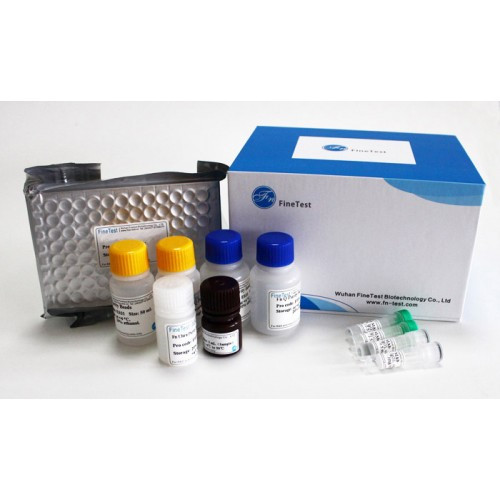Product Description
Recombinant Human High mobility group protein B1 (HMGB1), partial is available at Gentaur for Next week Delivery.
Gene Name: HMGB1
Alternative Names : High mobility group protein 1;HMG-1
Expression Region : 8-179aa
AA Sequence : KPRGKMSSYAFFVQTCREEHKKKHPDASVNFSEFSKKCSERWKTMSAKEKGKFEDMAKADKARYEREMKTYIPPKGETKKKFKDPNAPKRPPSAFFLFCSEYRPKIKGEHPGLSIGDVAKKLGEMWNNTAADDKQPYEKKAAKLKEKYEKDIAAYRAKGKPDAAKKGVVKAE
Sequence Info : Partial
Tag Info : N-terminal GST-tagged
Theoretical MW : 46.7 kDa
Storage Buffer : Tris/PBS-based buffer, 5%-50% glycerol. If the delivery form is lyophilized powder, the buffer before lyophilization is Tris/PBS-based buffer, 6% Trehalose, pH 8.0.
Endotoxin Level : Not tested-
Biological Activity : Not tested
Storage : Short term: -20°C; Long term: -80°C. Minimize freeze and thaw cycles.
Research Area : Epigenetics and Nuclear Signaling
Restriction : For Research Use Only. Not for use in diagnostic procedures, drug use, or for administration to humans or animals.
Relevance : DNA binding proteins that associates with chromatin and has the ability to bend DNA. Binds preferentially single-stranded DNA. Involved in V(D)J recombination by acting as a cofactor of the RAG complex. Acts by stimulating cleavage and RAG protein binding at the 23 bp spacer of conserved recombination signal sequences (RSS). Heparin-binding protein that has a role in the extension of neurite-type Cytoplasmic domain processes in developing cells .
Function : Multifunctional redox sensitive protein with various roles in different cellular compartments. In the nucleus is one of the major chromatin-associated non-histone proteins and acts as a DNA chaperone involved in replication, transcription, chromatin remodeling, V(D)J recombination, DNA repair and genome stability. Proposed to be an universal biosensor for nucleic acids. Promotes host inflammatory response to sterile and infectious signals and is involved in the coordination and integration of innate and adaptive immune responses. In the cytoplasm functions as sensor and/or chaperone for immunogenic nucleic acids implicating the activation of TLR9-mediated immune responses, and mediates autophagy. Acts as danger associated molecular pattern (DAMP) molecule that amplifies immune responses during tissue injury
Involvement in disease :
Subcellular location : Nucleus, Chromosome, Cytoplasm, Secreted, Cell membrane, Peripheral membrane protein, Extracellular side, Endosome, Endoplasmic reticulum-Golgi intermediate compartment
Protein Families : HMGB family
Tissue Specificity : Ubiquituous. Expressed in platelets (PubMed:11154118).
Paythway : Autophagy-animal
Uniprot ID : P09429
 Euro
Euro
 British Pound
British Pound
 US Dollar
US Dollar








